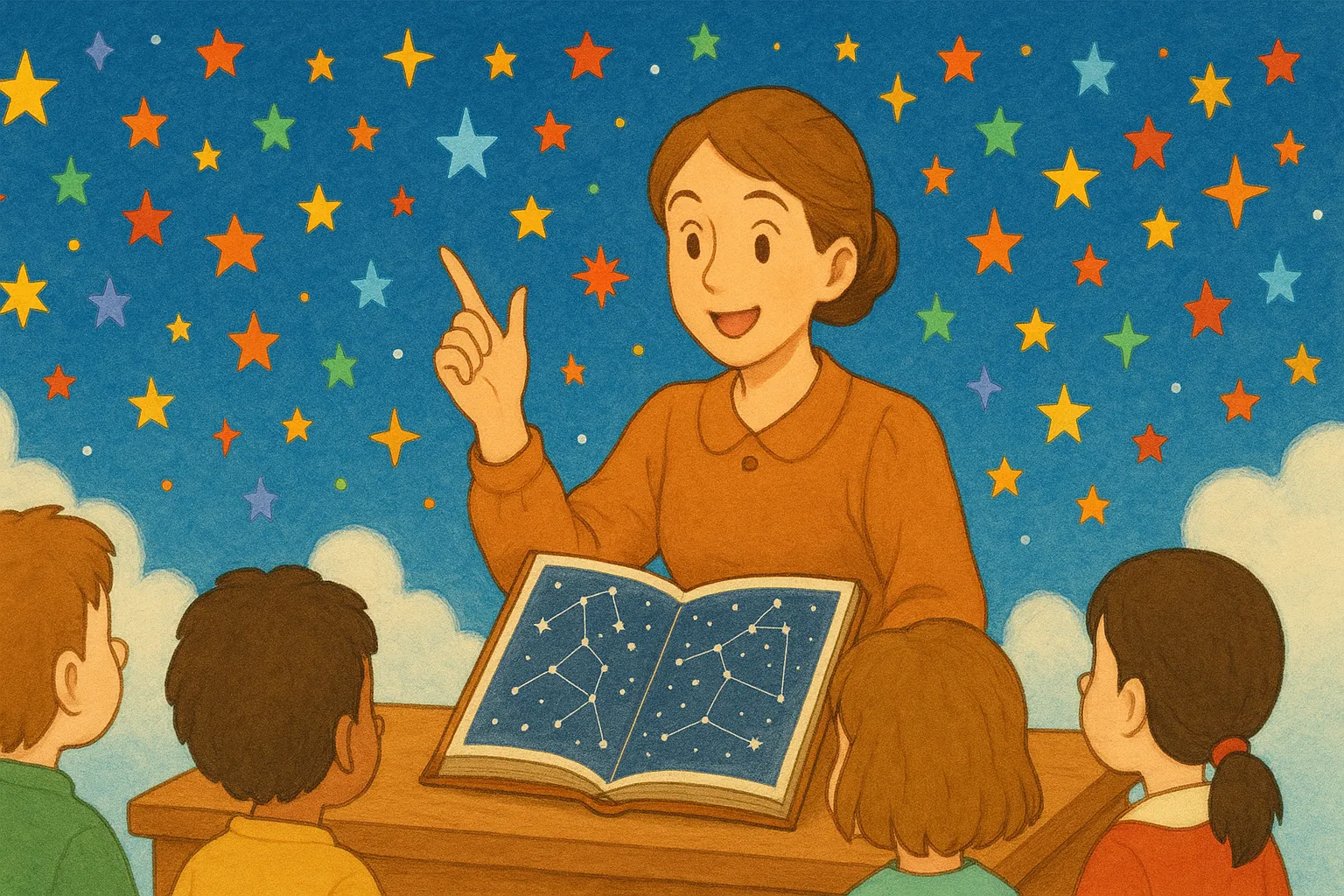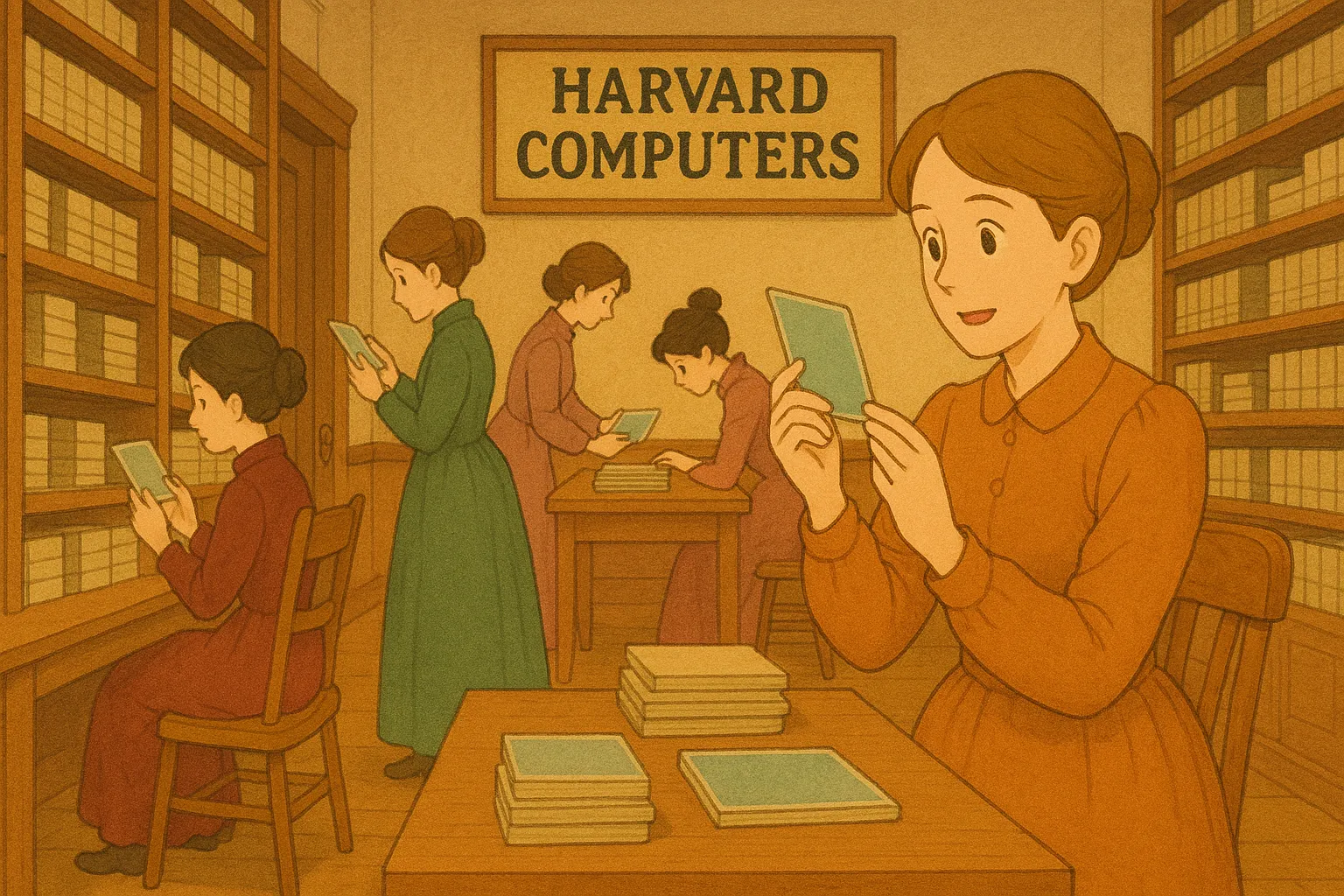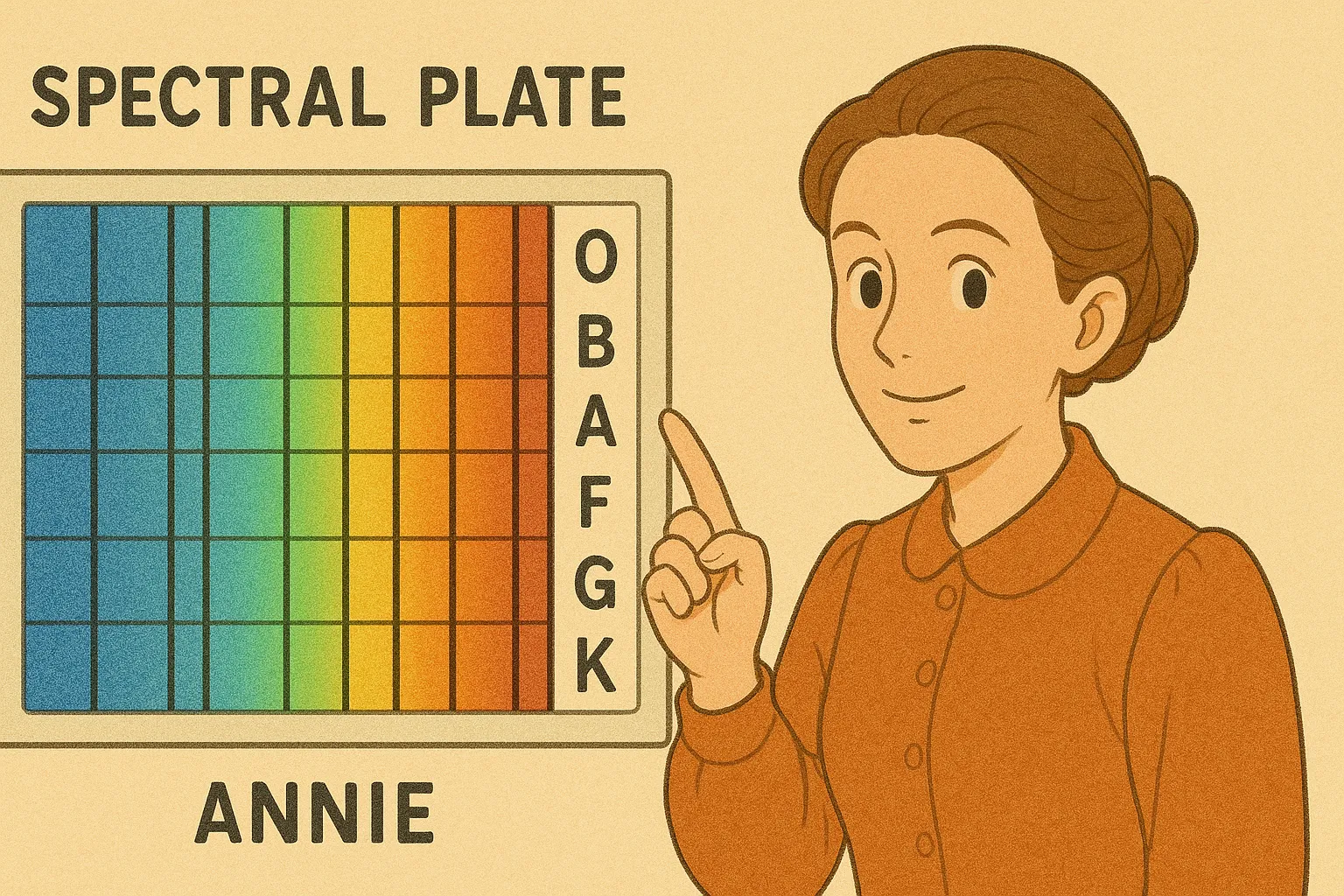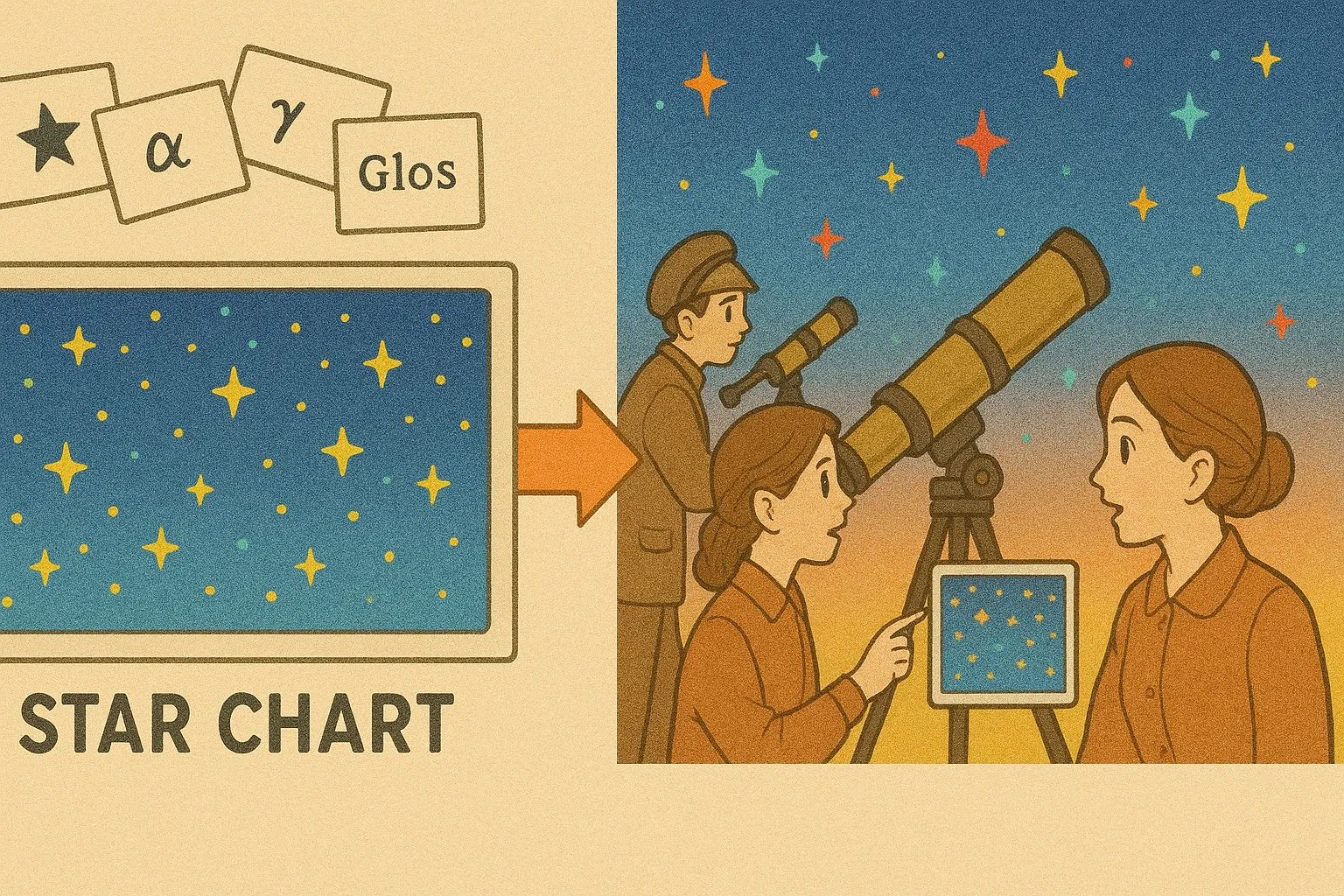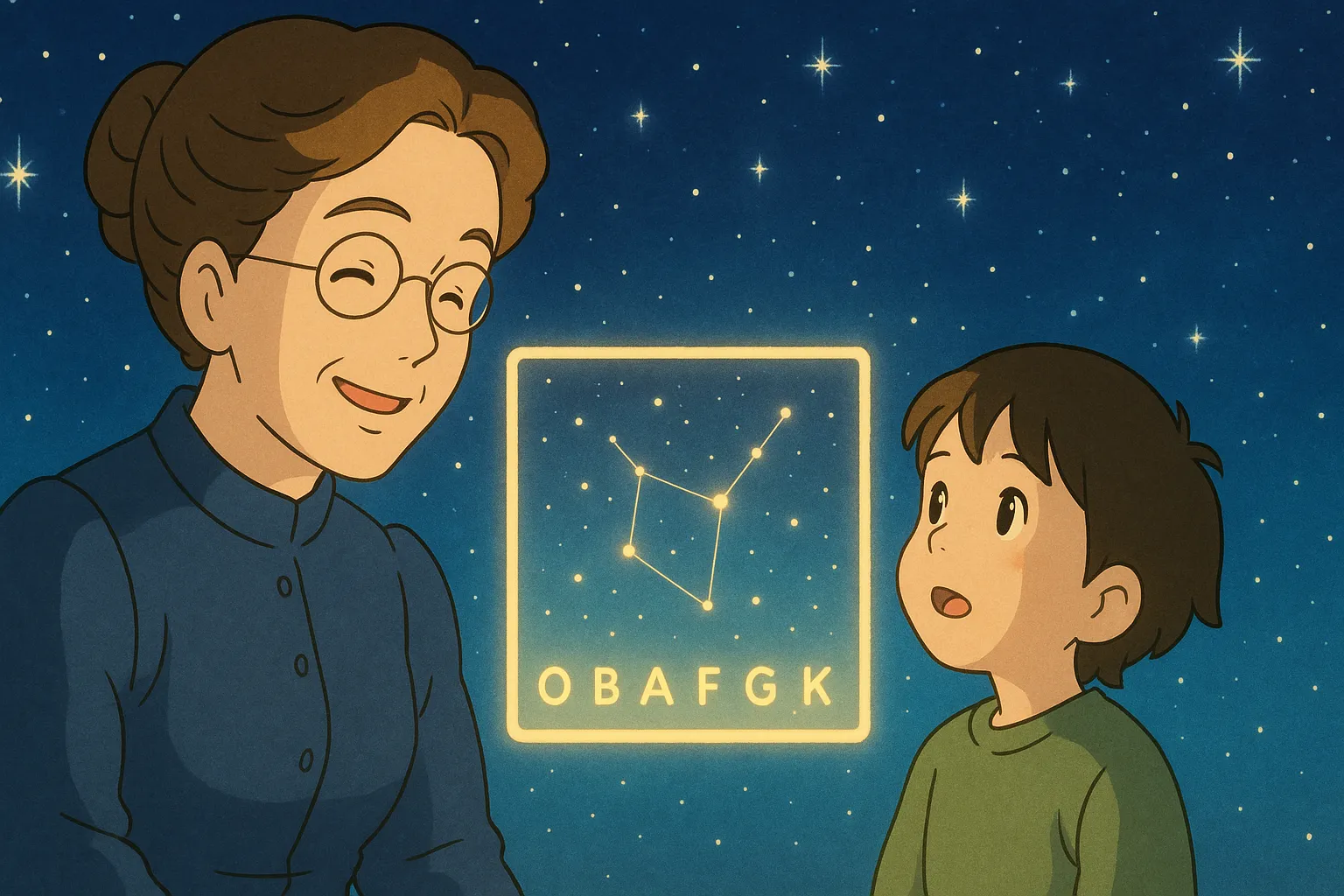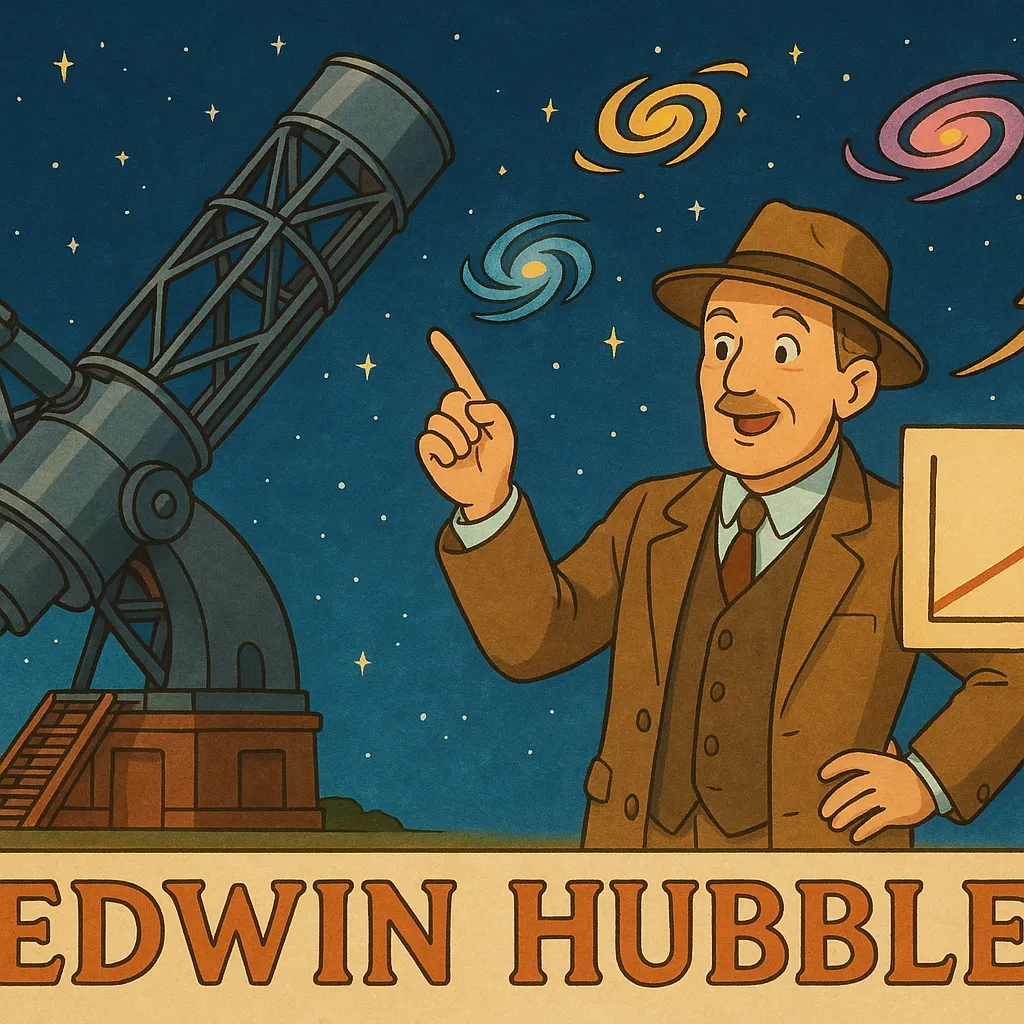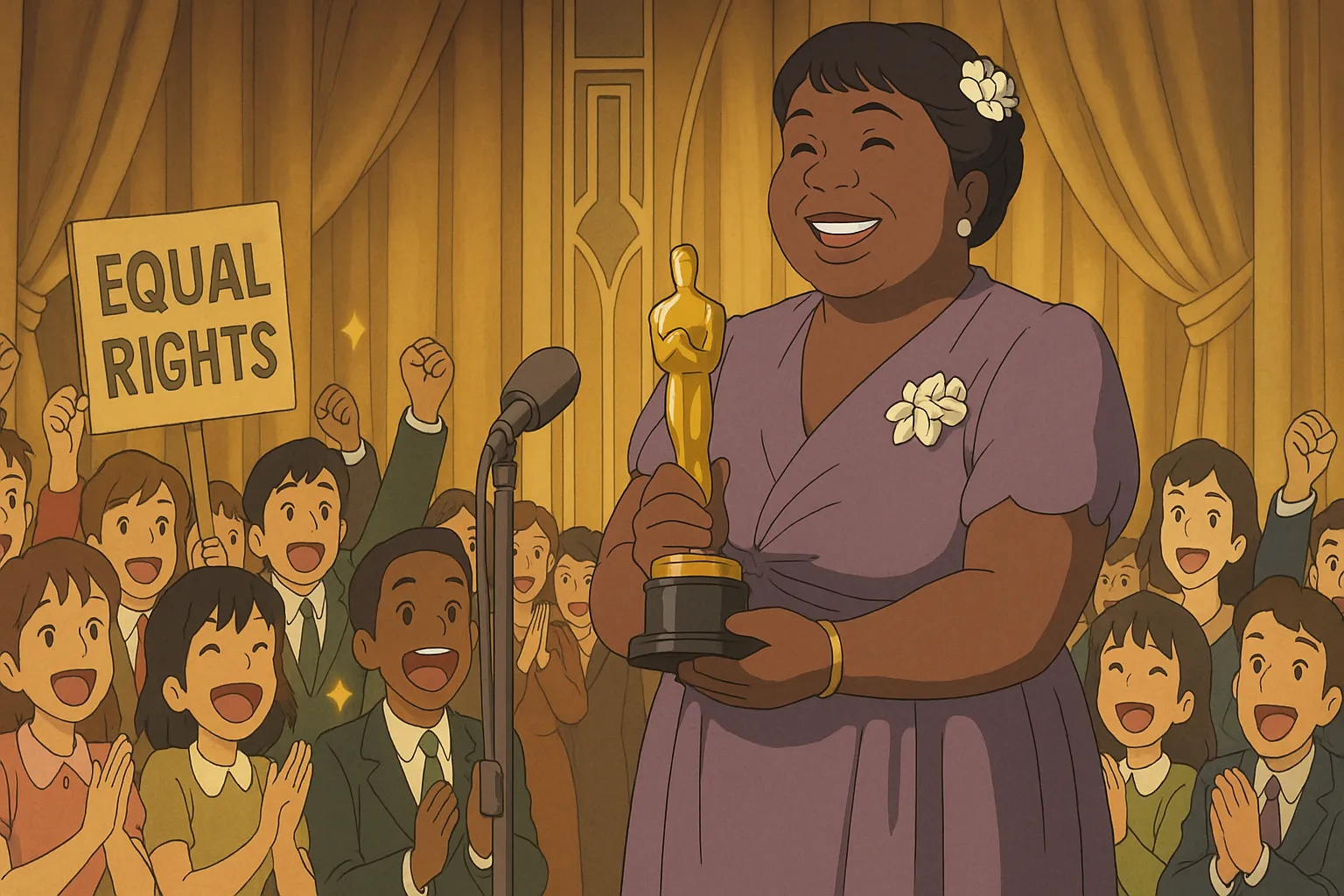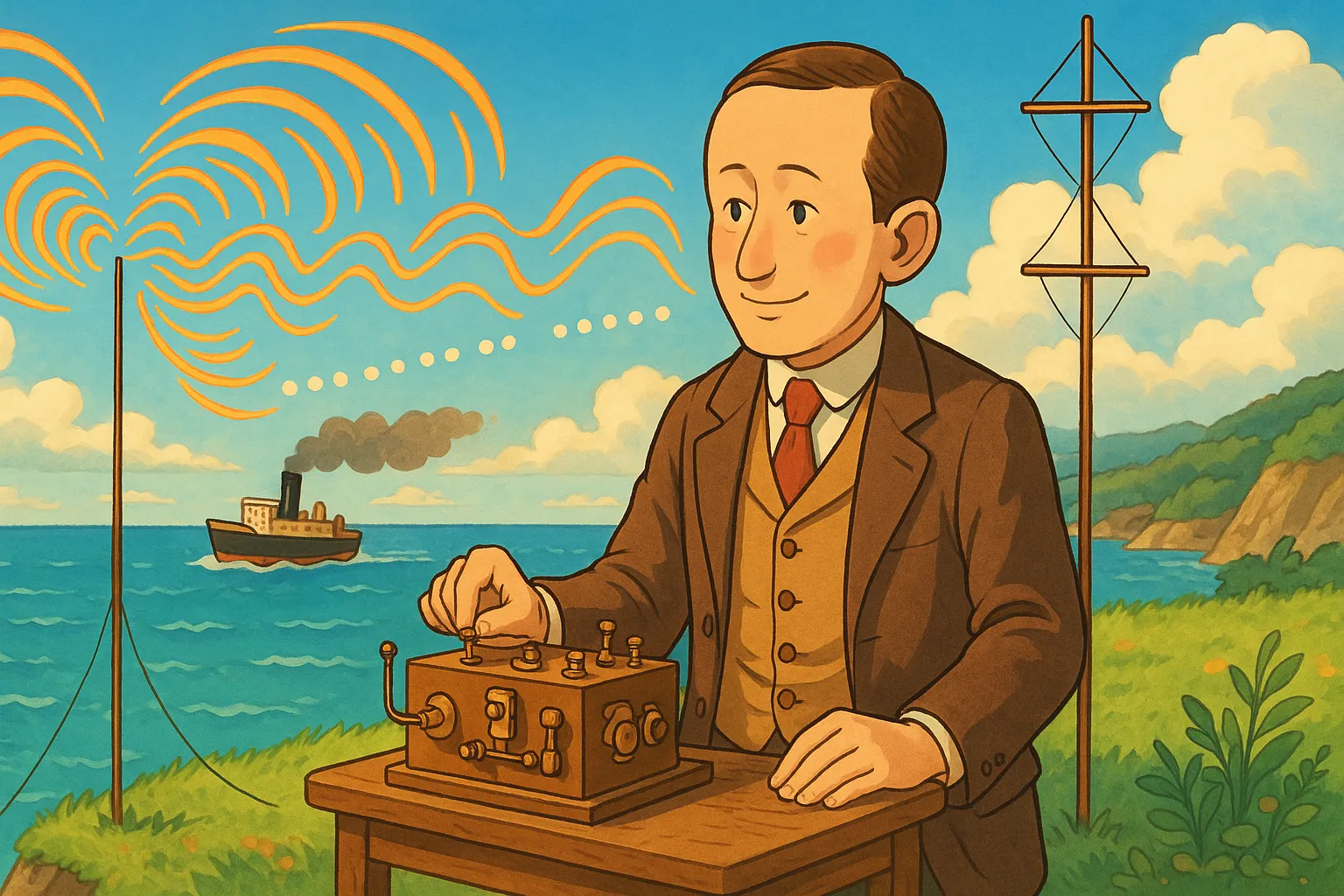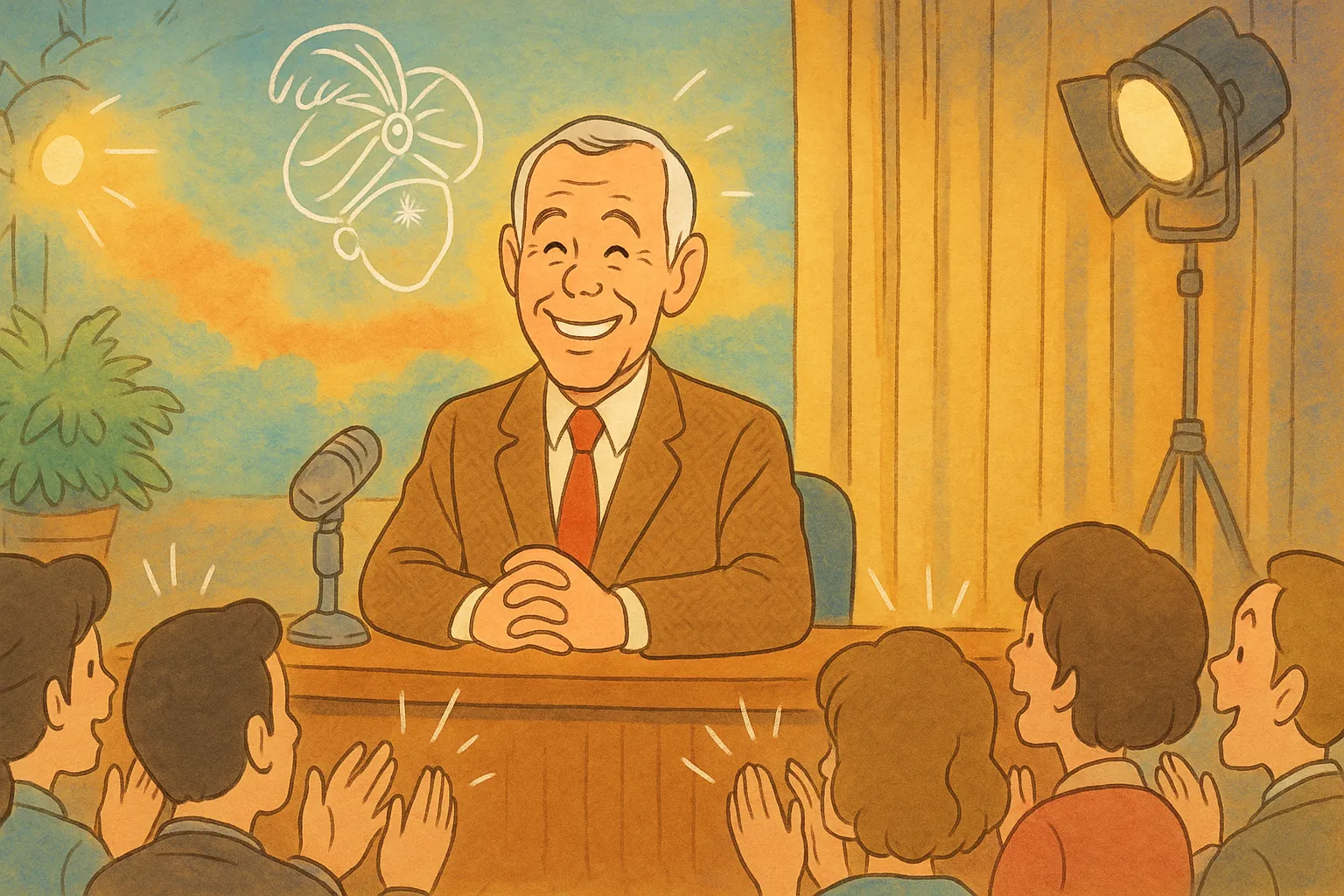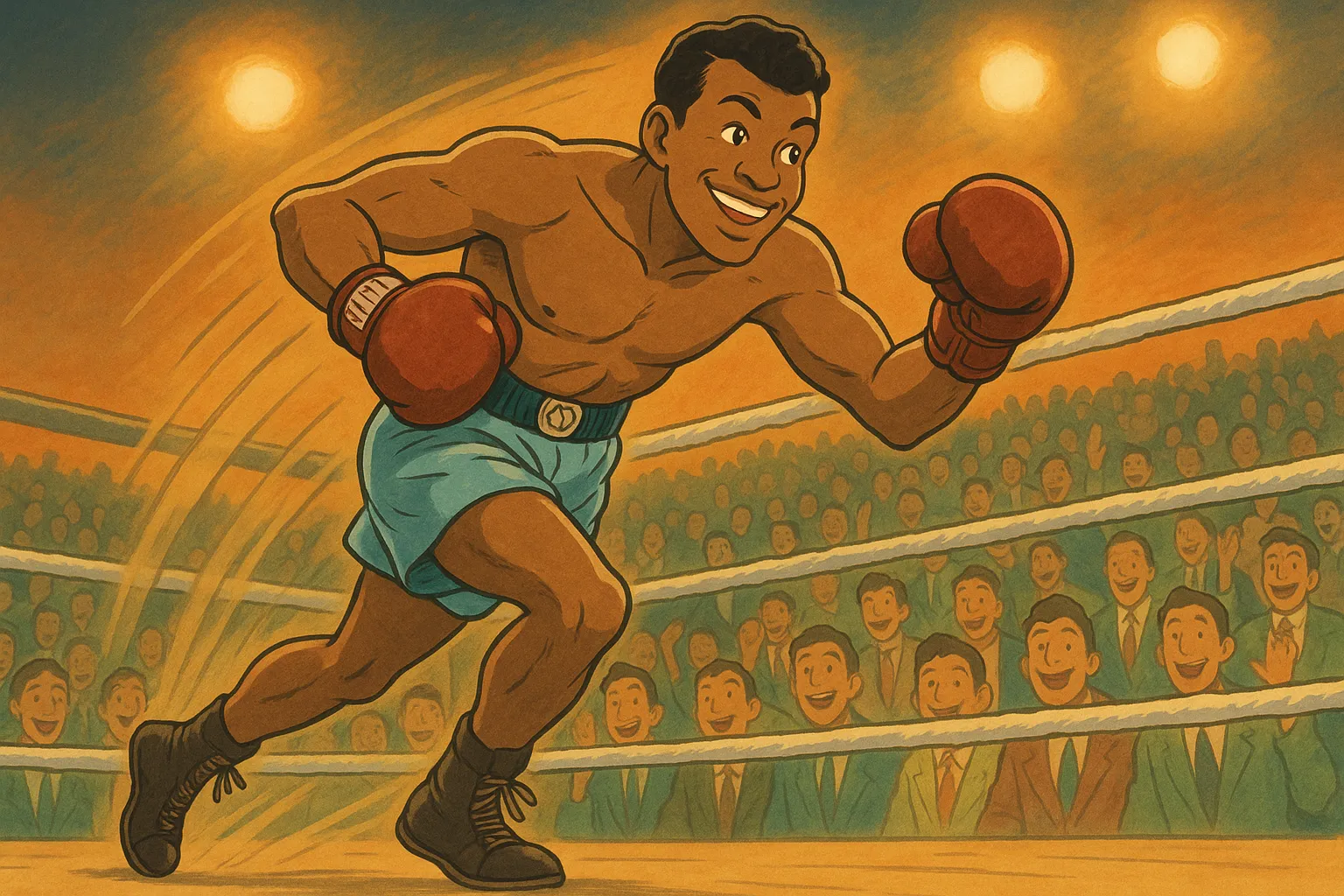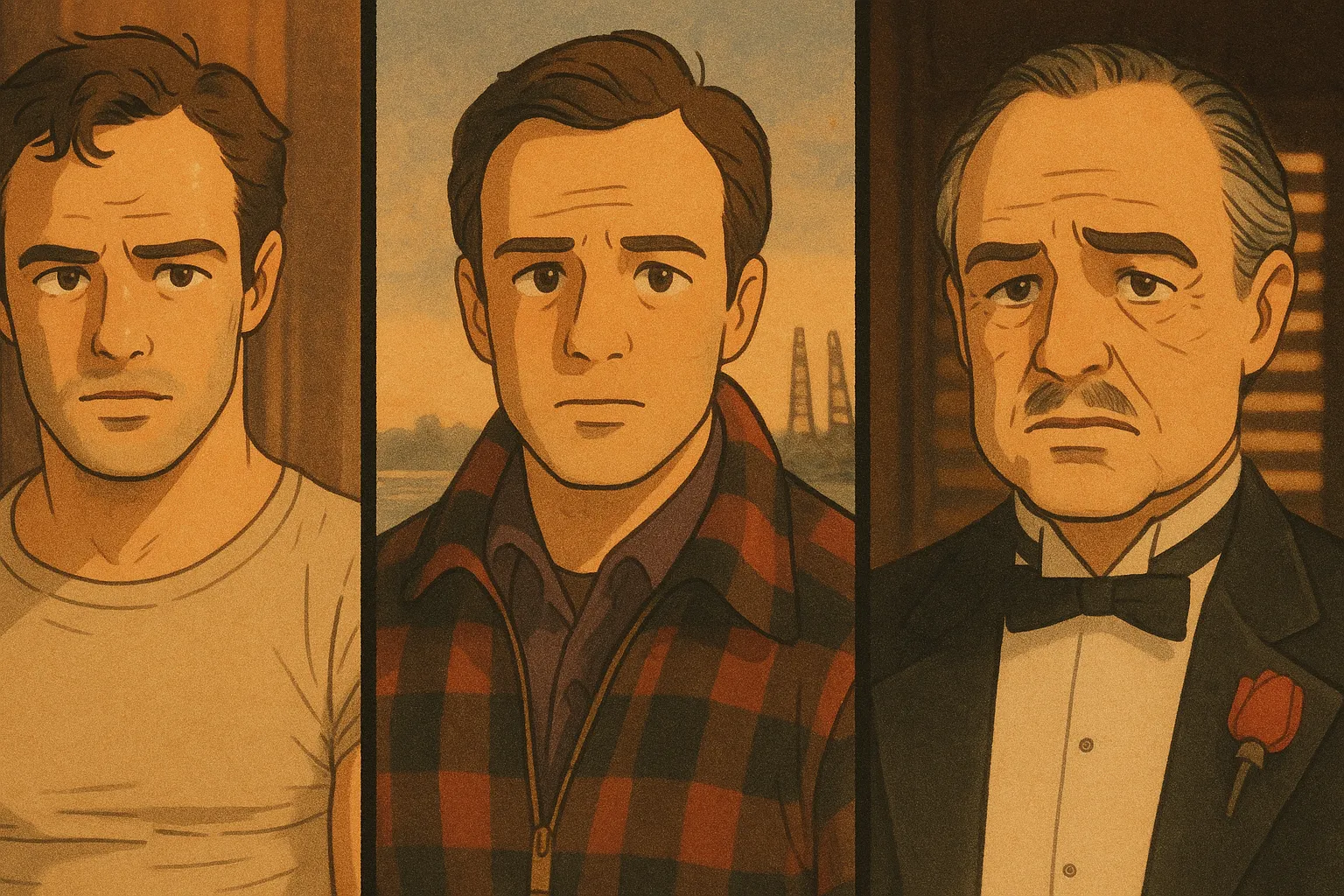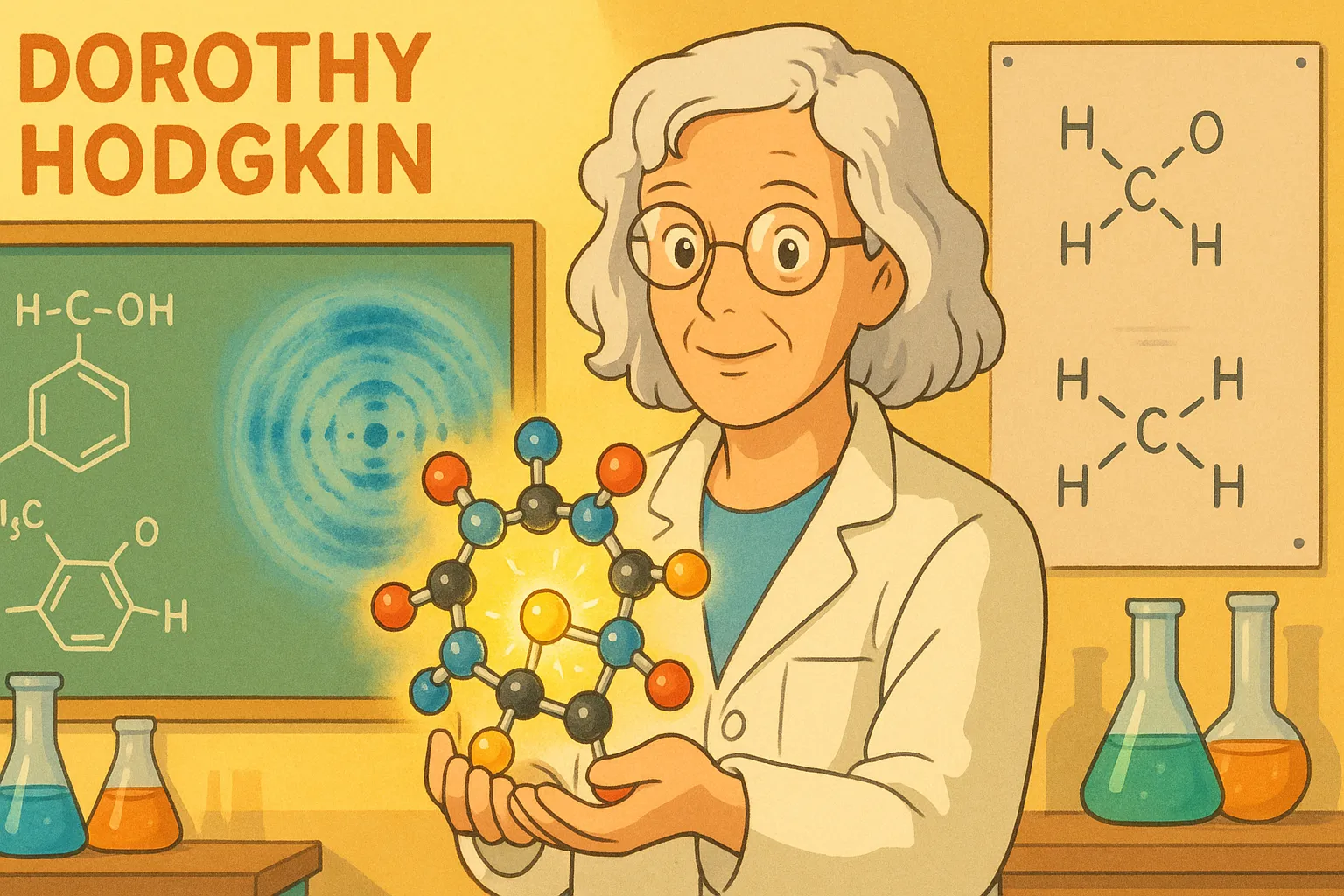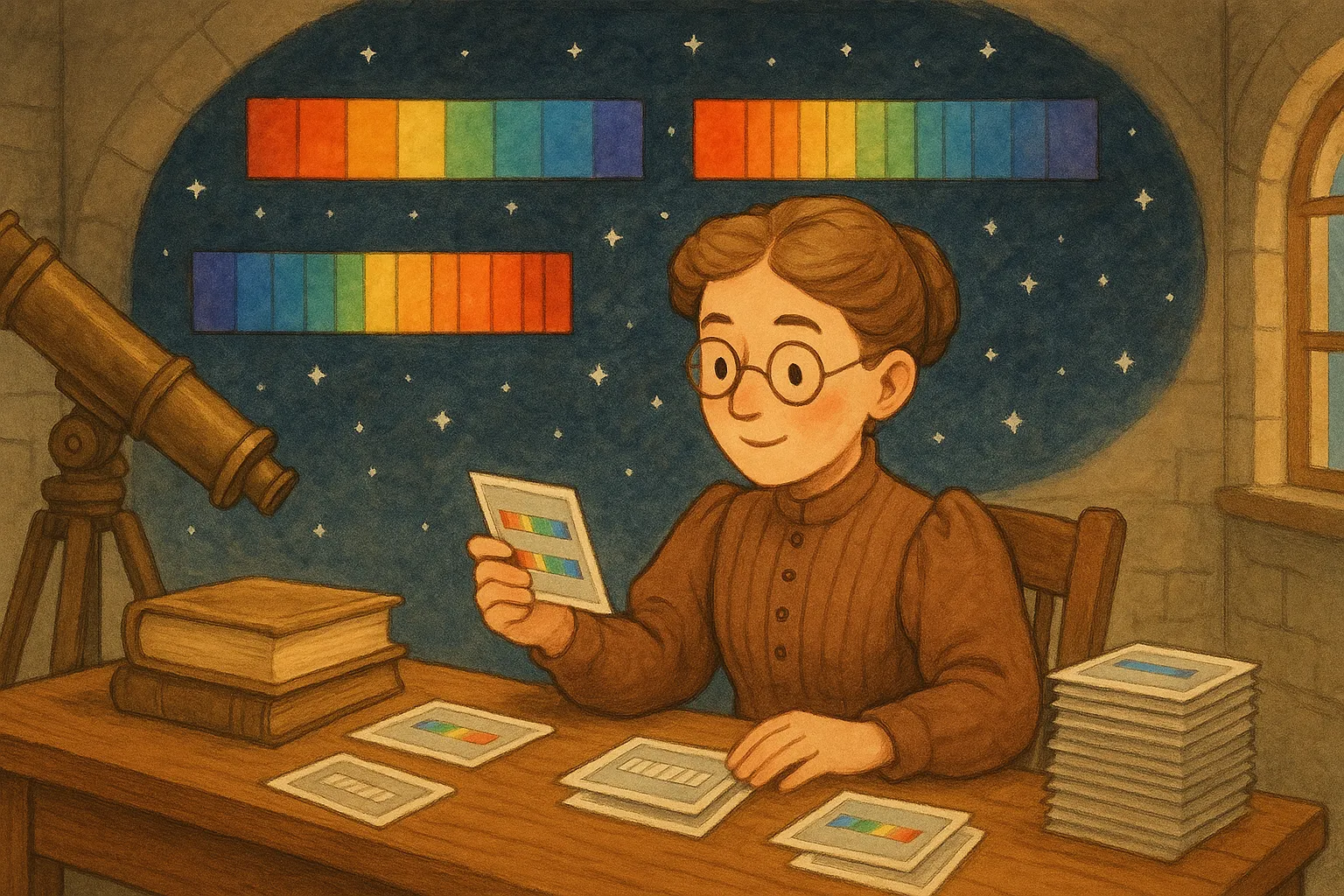
Frequently Asked Questions
How many stars did she classify?
Annie Jump Cannon classified about 350,000 stars during her career, examining pictures of their light and placing them into clear groups.
What does OBAFGKM mean?
OBAFGKM is the order of star types from hottest (O, blue) to coolest (M, red). It’s the spectral sequence Annie helped refine and popularize.
Was she part of a team?
Yes. Annie was one of the 'Harvard Computers,' a group of women at the Harvard Observatory who did careful scientific work on star data.
Did she face challenges as a woman scientist?
Yes. She worked when women had fewer opportunities, but her excellent, careful work earned respect and lasting recognition.
Is her system still used today?
Yes. Modern astronomy still uses her spectral classes as a foundation, while new tools add more detail on top of her system.
